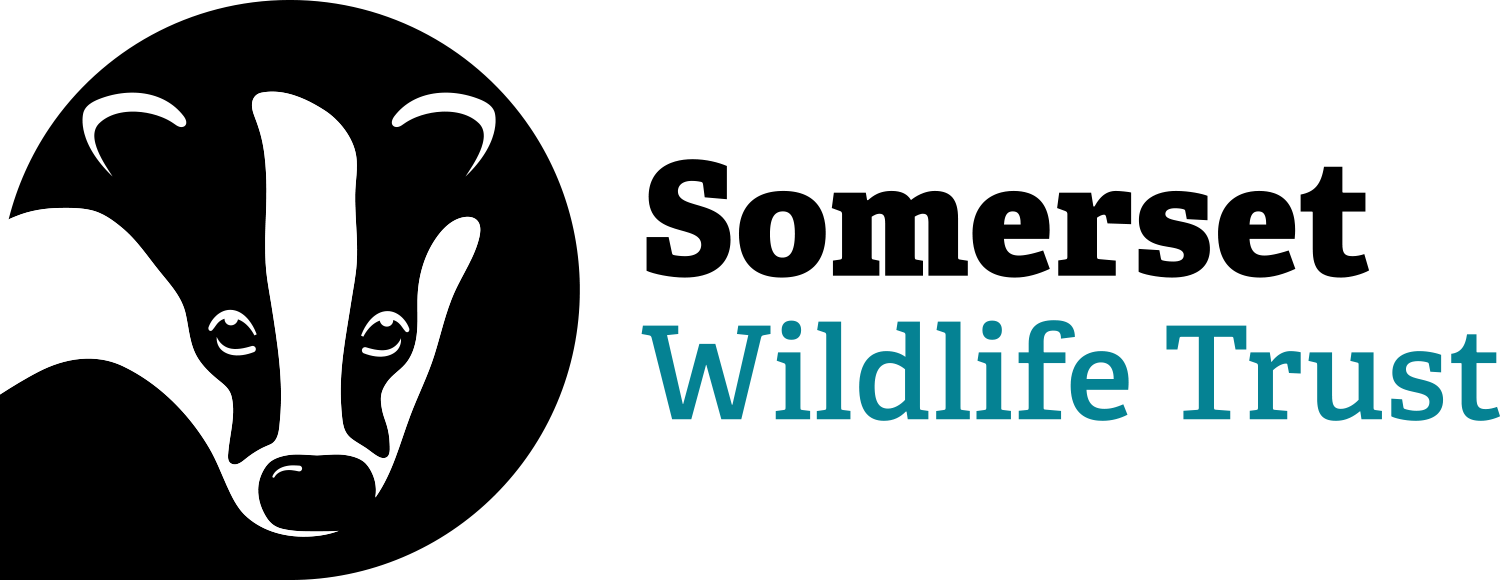Search
Search
Red-breasted merganser
The streamlined red-breasted merganser is a handsome bird and a great fisher - its long, serrated bill helps it to catch and hold its slippery fish prey. It is most commonly spotted around the…
Chemical-free organic gardening
Go chemical-free in your garden to help wildlife! Here's how to prevent slugs and insects from eating your plants with wildlife-friendly methods.
The Jordans Farm Partnership
Polly Rattue from Jordans offers an insight into the partnership that puts nature at the heart of their cereal farming.
Red-crested pochard
This striking duck was introduced to the UK and is now established as a breeding bird in England.
Common chickweed
Look for the small, white, star-shaped flowers of Common chickweed all year-round. Sometimes considered a 'weed', it is still a valuable food source for insects.
Quaking-grass
As its name suggests, quaking-grass can be seen quivering or 'quaking' in a breezy, summer wildflower meadow. Its purple-and-green, heart-shaped flower heads hang from delicate stems.…
Black-spotted longhorn beetle
These bulky beetles can sometimes be found on flowers in woodland rides or along hedgerows.
Digital campaigning
Filming and photography on our Nature Reserves
Gudgeon
The gudgeon is a bottom-dwelling fish, similar to the stone loach, but with only two whisker-like barbels near its mouth. These sensory organs help it to find its prey in the sand and gravel of…
Oxeye daisy
Often growing in swathes along a roadside or field margin, the oxeye daisy is just as at home in traditional hay meadows. The large, white, daisy-like flowers are easy to identify.
